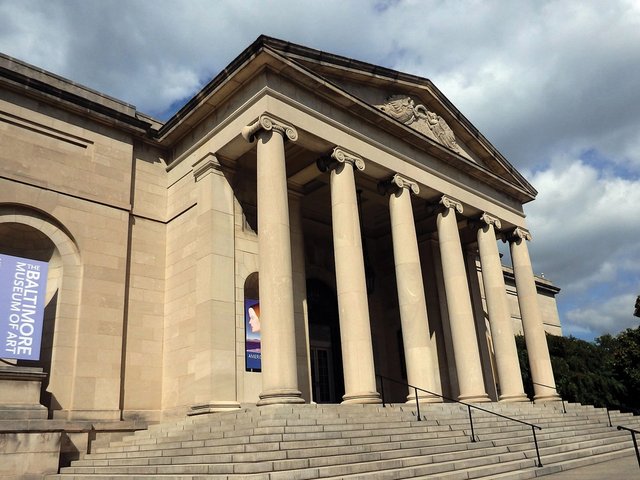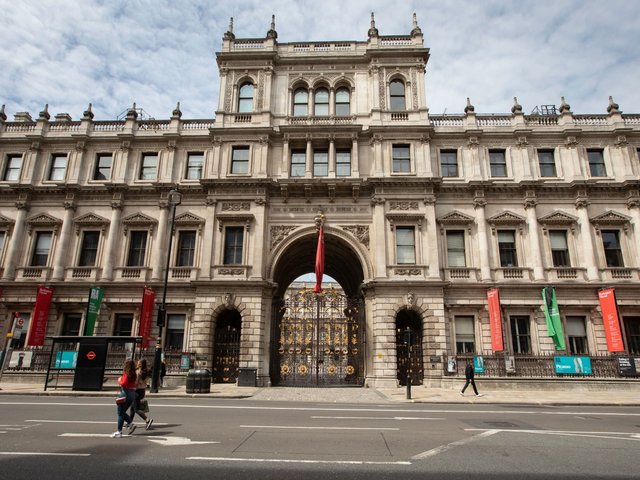Deaccessioning and the subsequent disposal of objects from an art museum’s collection have been a source of periodic controversy and debate for decades. The intensity of dispute is broadly based on two factors: how the sale proceeds are intended to be used and where the event takes place—the latter having a material consequence for the reputational and legal implications of the former.
The most widely accepted use of funds from deaccessioning is for the acquisition of new museum objects. When Tate Modern in London announced the intended sale of Juan Muñoz’s Staircase #2, planned in consultation with his estate, it was made clear that the proceeds would be used on a new work by the artist. Similarly, in Duisberg, Germany, the Lehmbruck Museum’s sale of Giacometti’s La Jambe was considered generally benign as the proceeds were used to buy more work by the artist. But, in 2006, when the Albright-Knox Art Gallery in Buffalo, New York decided to sell more than 200 antiquities and pre-Modern works to raise funds for more contemporary art, it faced fierce criticism—largely due to the volume and quality of the objects on offer which included former "collection highlights". Given that the proceeds were intended to support the acquisition of works more in line with the institution’s mission to collect and exhibit Modern and contemporary art, however, the sale was approved by the American Association of Art Museum Directors and the State Supreme Court. A total of $67.2m was raised at auction and the museum then went on to acquire numerous contemporary works, including 71 from the collection of Italian industrialist Count Giuseppe Panza di Biumo.
Shortly after the events in Buffalo, the financial crash brought deaccessioning back into high relief as museums tried to shore up their finances. These cases, where sale proceeds are intended to cover general operating expenses of a museum (or its parent institution), tend to be the most contested on the premise that they undermine public confidence in museums, can be used to effectively conceal mismanagement, and encourage others to view collections as financially negotiable assets. Brandeis University provides one such example. In 2009, trustees voted unanimously to close the university’s Rose Art Museum and sell its collection to tackle a mounting deficit compounded by the contraction of its endowment from $712m to $540m. This followed similar cases at other university museums, which often find themselves caught in the middle of conflicting priorities and practices under their parent organisations. The decision was met with public and professional outcry, denounced by the museum’s board and director, who had been unaware of the decision. A lawsuit was filed by supporters of the museum to prevent its closure and it wasn’t until 2011, the year of the museum’s 50th anniversary, that the suit was settled. The museum and its collection remain intact—at least for now.
In Detroit, another major sell-off was avoided after the city filed for municipal bankruptcy and creditors called for the sale of one of its most valuable assets—the Detroit Institute of Art’s multi-billion-dollar collection, then owned by the city. At the behest of the bankruptcy judge, and in a spectacular show of philanthropic support, $816m was raised from foundations, donors and the State of Michigan to help settle the city’s pension obligations on the condition that the collection be transferred to an independent non-profit. The so-called “grand bargain” effectively protected the collection from sale.
In England, attempts to prevent the sale of the Sekhemka statue by Northampton council were less successful. In July 2014, the sculpture was sold to an anonymous foreign buyer for £15.8m—a record for an Egyptian antiquity at auction—to help fund an extension to Northampton Museum and Art Gallery. As a result, the museum’s accreditation was removed by the Museums Association and Arts Council England, making it ineligible for future funding. It has since been revealed that the sale took place in spite of several attempts to keep the sculpture in the UK and accessible to the public, as explicitly prioritised in export regulations and the Museums Association’s disposal guidelines (which were tightened following the sale). Not only did the marquess of Northampton make an unsuccessful bid to save Sekhemka, but UK authorities also deferred its export license, and the Egyptian Ambassador to the UK suggested a loan scheme between the British Museum and the Cairo Museum. This year it was also revealed that the company that initially valued the work reportedly attempted to build a consortium of UK museums to acquire it, but was unable raise the necessary funds. The new Northampton Museum and Art Gallery, paid for in part by the proceeds of the sale, is due to open in early next year.
Unlike the UK, Germany or US where, under certain circumstances, deaccessioning and disposal are regarded as acceptable practices in collections management, France (like much of Southern Europe) maintains a strong presumption against deaccessioning following a long-held tradition of the inalienability of museum objects. If an institution wishes to deaccession an object, it must be approved by the Commission Scientifique Nationale de Collections and, since its formation in 2010, there has yet to be a single request. But even here, things are changing. Last month, the Senate voted unanimously to approve a bill to suspend the “essential principle of inalienability” and restitute 27 objects to former colonies Senegal and Benin. This is a first step toward realising the goals laid out by the ground-breaking Sarr-Savoy report published two years ago, but it’s still unclear whether the bill will set a precedent for future restitutions; as it stands, all proposed restitutions would need to follow the same lengthy legislative process.
The deaccessioning debate is back in the headlines again, as museums in the US have started to take advantage of the Association of Art Museum Directors’ two-year relaxation of its deaccessioning guidelines, which now permits the use of sale proceeds to support the “direct care” of collections and income from its investment (but not the principal) for general operating expenses. Most recently, the Baltimore Museum of Art intended to sell works by Andy Warhol, Clyfford Still and Brice Marden to fund equity-based initiatives—an extension of the impulse behind previous disposals to diversify its collection—but decided to “pause” its plans following a swift and vitriolic response from critics. Will 2020 be seen as a turning point in the debate? Time will tell, but what’s certain is deaccessioning will continue to hit the headlines as it raises critical questions for museums and their responsibilities to stewardship, accessibility and the wider public good.
• Harry Fisher-Jones is a consultant at AEA Consulting




